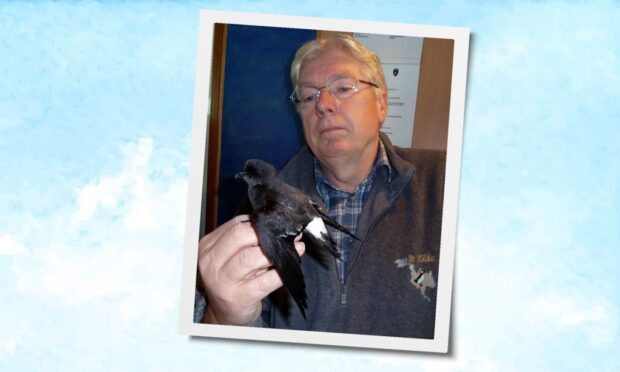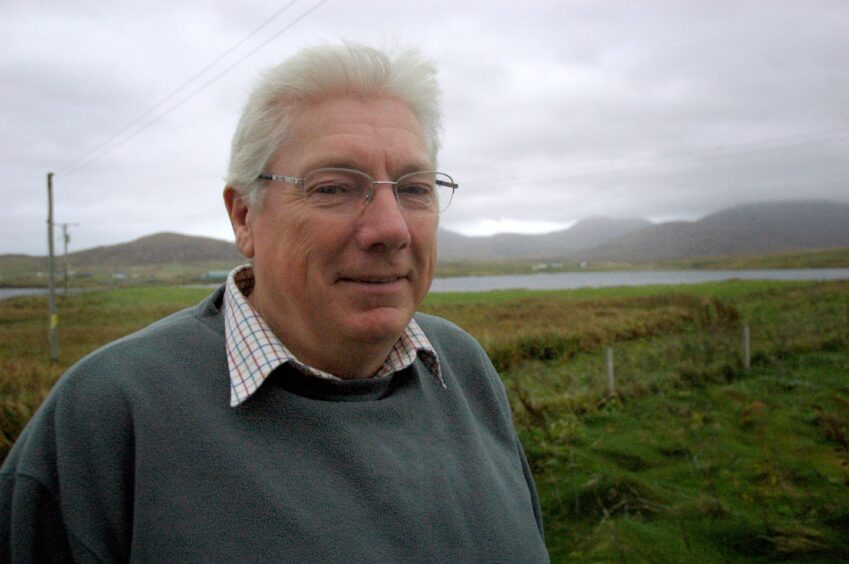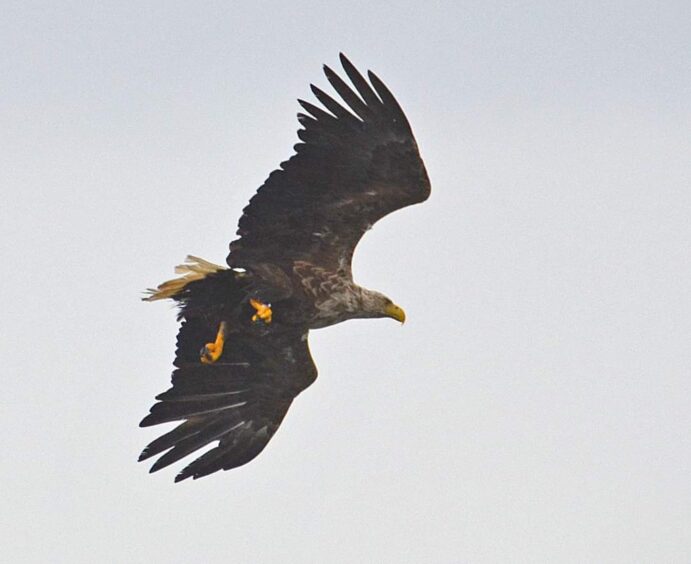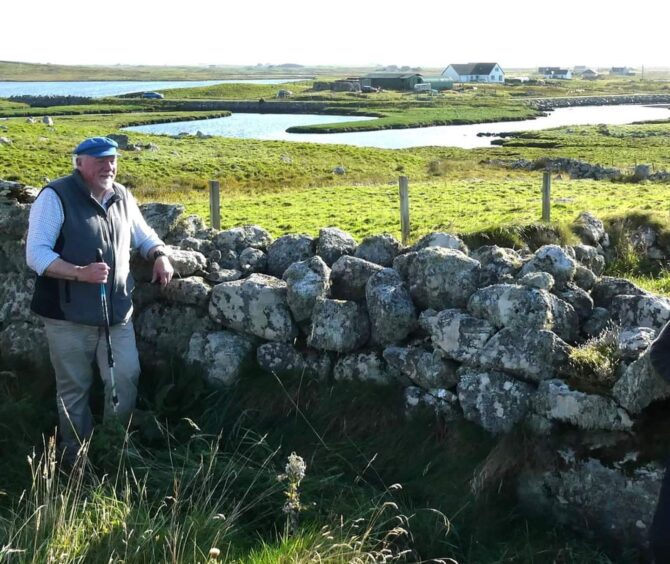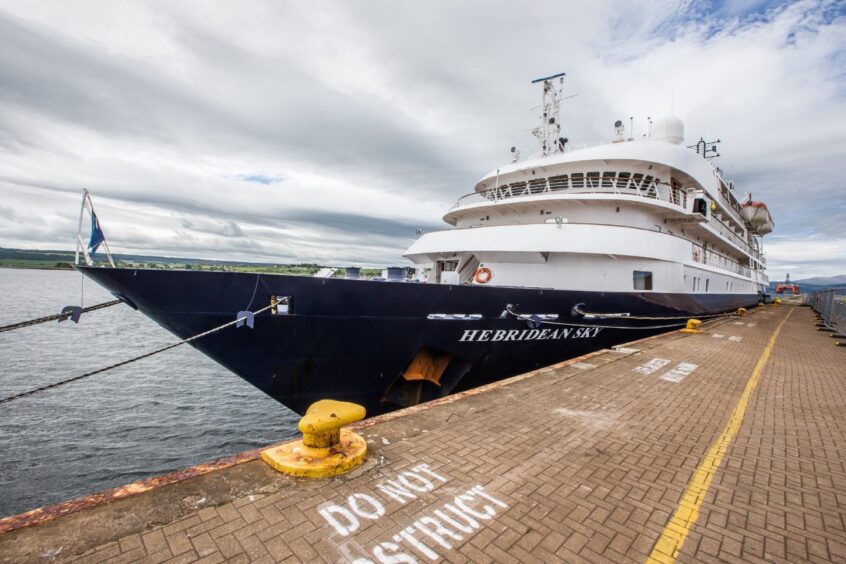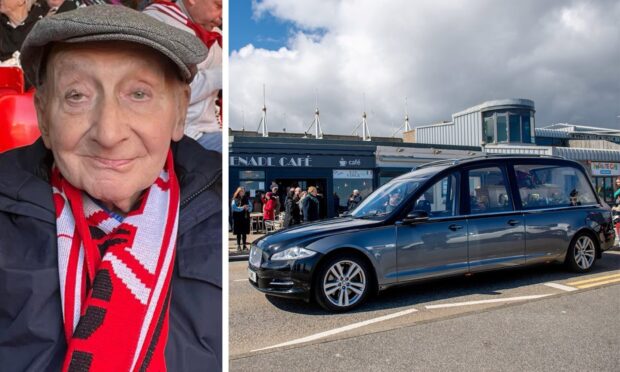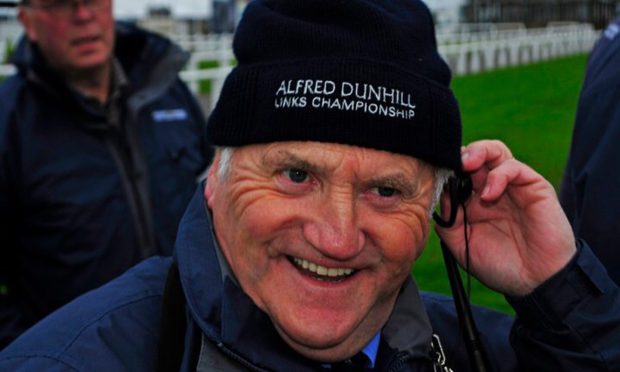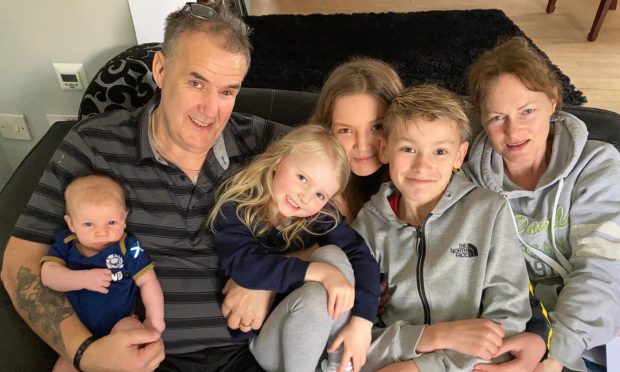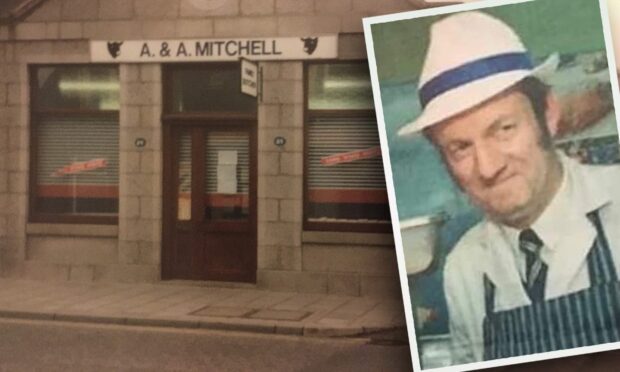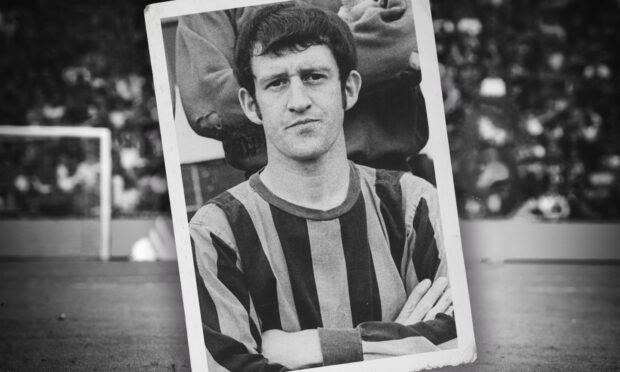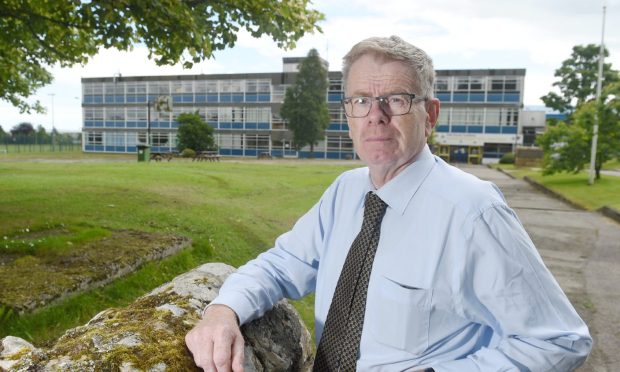John Love and sea eagles – the nation’s biggest raptor – will forever be synonymous.
The renowned ornithologist, fiddler and Antarctic cruise ship guide has died aged 77.
Highland upbringing
Born in Inverness on August 19 1946, John was passionate about the planet and its wilder inhabitants from an early age.
Son of former Queen’s Own Cameron Highlander Harry Love, and civil servant Agnes Love, in 1955, when I was two, John was just seven and our older brother Jim was 10, our father died.
John attended Central School then Inverness Royal Academy. He became a member of the Scottish Ornithologist Club before deepening his passion for nature by studying zoology at Aberdeen University.
There he became part of a close band of biologists and birders, graduating in 1970.
Scottish Natural Heritage appointment
John and two classmates began PhD projects at Aberdeen University’s Culterty field station on the Ythan Estuary.
John was already familiar with Culterty, having focused his honour’s field project on herring gull predation of mussels.
Measuring energy flow through ecosystems was pioneering ecology in the early 1970s. John was tasked with continuing to describe the energy flow between mussels and birds for his PhD.
This led him to Rum and then to South Uist as area officer for Scottish Natural Heritage overseeing South Uist, Barra and St Kilda.
Sea eagles ‘champion’
The reintroduction of sea eagles to Scotland took place from 1975 to 1986.
John managed the “six-week” project which went on for more than a decade.
After visiting Norway with the help of an RAF Nimrod to collect chicks, he spent many years on the Isle of Rum, ensuring they flourished. He fed them, in remote cages, in all weathers.
Although controversial at the time, sea eagles are now a more familiar sight. The successful breeding programme has transmitted to the wild, with the magnificent white-tailed eagles soaring around the Hebrides.
Highland naturalist Roy Dennis, who spearheaded the sea eagle project, paid tribute to John at his funeral. Describing him as the sea eagles’ “champion” he added: “Whenever we see sea eagles in the sky, we will remember him. A lasting memorial above our heads.”
Lord of the Isles
Such was John’s passion for, and devotion to, all of Scotland’s islands he was described by friends as “Scotland’s other national treasure” or “the Lord of the Isles”.
Of particular importance to him were St Kilda, Fair Isle, Iona and Canna, not forgetting Rum.
While living on the island it became a bugbear to John that the private owners of the island added an “h” to the spelling.
“The story goes that they didn’t want their island or title to be connected to the alcoholic drink,” said Roy Dennis, ” so despite the traditional spelling an h found its way in there.
“John researched it all and when the land owner persuaded the local post office to be renamed as Rhum, he stepped in and convinced them to scrap the modern affectation.”
Island culture
John was also passionate about the history and culture of the island. He immersed himself in the local culture and its preservation, easily slotting into community life where he relished playing his mandolin and fiddle at ceilidhs.
Rum was also the subject of one of the many books John penned. Aside from two acclaimed books about sea eagles, he also wrote about Rum, Scotland’s lighthouses, sea otters, penguins among other subjects.
His final book about Highland naturalists, which includes Roy and himself, is currently with John’s publisher, with hopes to bring it to print next year.
Sought after guide
For 19 years John also worked as a guide and commentator on specialist cruise ships, notably with Noble Caledonia.
So highly regarded, many passengers would first check if John – a qualified RIB pilot – would be there before booking.
During his tenure he was made godfather of one of the vessels, the “Hebridean Sky”. He journeyed to Sweden for the ceremony and it was an honour he treasured.
Katarina Salen and Dr Kim Crosbie, of Noble Caledonia, were among those to pay their respects at John’s funeral.
As a cruise ship guide he travelled the world. Often accompanied by his fiddle, he visited two favourite destinations, Antarctica and Madagascar. For John, however, nothing could beat sailing around the British Isles and his beloved Hebrides.
Unexpected loss
John died suddenly in his cottage in Snishival, South Uist on October 17. He lived on the islands for almost 30 years but still called Inverness home, where his funeral took place.
We are planning a celebration of John’s life in South Uist in the Spring of 2024, full of Gaelic songs and fiddle music.
Although he is gone, John will not be forgotten and will forever be a friend to all whom he met. Most of all, John will always be a member of the family.
He is survived by myself, my wife Maureen, his niece Heather, nephew Jamie and Jamie’s daughter Lucy-Jordan.
He was particularly close to cousins Murdo, Ann and Dorothy and their families. As well as those in Slough, Flora and Gerald.
Our brother Jim, a journalist, predeceased us in 2006, age 63.
Reflecting on John’s life four key words sum it up. Family, friendship, photography – and the fourth is the link that chains the quartet together – wildlife.
Roy Dennis added: “John’s loss is felt terribly. He’s a miss to everyone who knew him, and to Scotland.”
